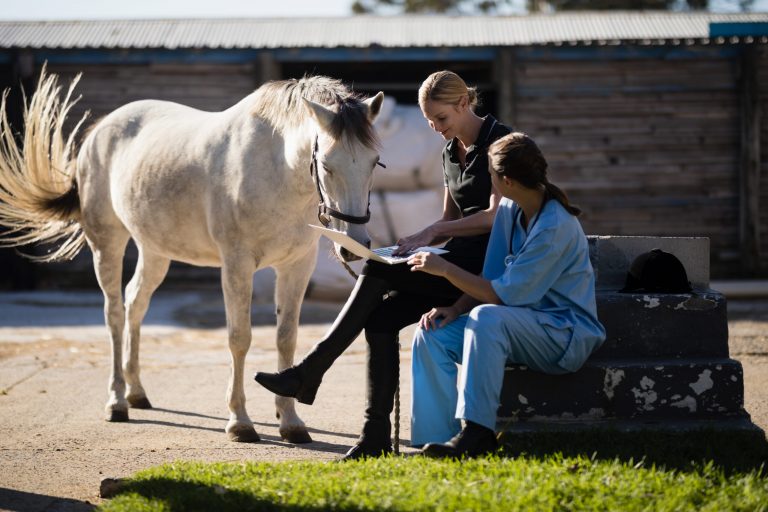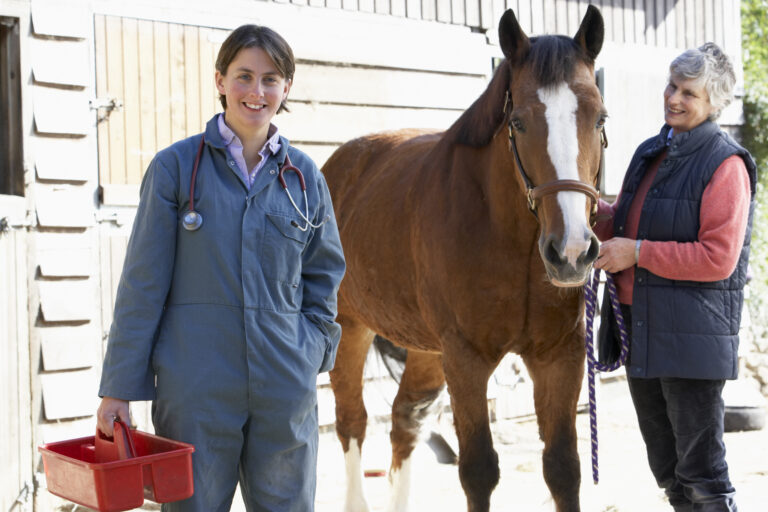
iStock
The barefoot hoof is flexible and has a normal elastic rebound following deformation with each step, which is instrumental in absorbing concussion and improving perfusion of the distal limb. Conventional shoeing restricts heel movement. With that in mind, a Belgian study compared medial-lateral heel movement of various shoe configurations to the barefoot hoof while horses were exercised on a treadmill at walk, trot and canter [Brunsting, J. Dumoulin, M.; Oosterlinck, M.; et al. Can the hoof be shod without limiting the heel movement? A comparative study between barefoot, shoeing with conventional shoes and a split-toe shoe. The Veterinary Journal Jan 29 2019].
Eight warmblood horses were used to test 16 forelimbs in a randomized crossover study. The hooves were fitted randomly with either:
- no shoes (barefoot);
- conventional shoe; or
- split-toe shoe (ST).
The conventional shoe was made of standard steel with a toe clip. The split-toe shoe is a newly developed shoe designed to enable heel expansion. It begins as a conventional shoe that has a toe clip and includes side clips placed between the second and third nail holes on each side. Once the shoe is nailed in place, it is sawn through at the toe, including through the toe clip, to leave two halves that move independently of each other. All the shoes were affixed with four nails on each side of the hoof.
Normally, the barefoot hoof experiences hoof expansion during impact and mid-stance followed by heel contraction during breakover. Heel expansion is greater at trot and canter than at walk, whereas heel contraction is consistent through all gaits.
Not too surprisingly, the conventional shoe created the most restrictive effects on heel expansion, with 36% less heel expansion compared to what occurs in a barefoot hoof. The authors report that there was no significant difference in heel expansion between the ST shoe and the barefoot hoof.
They also noted other adverse effects of using conventional shoes besides restriction of the normal mechanism of the hoof, such as increasing weight on the distal limb and an increase in shock impact. Benefits of shoeing include protection of the hoof from excessive wear along with improved traction on certain surfaces. The researchers propose that the ST shoe combines both the advantages of shoeing with the natural heel expansion incurred by the barefoot hoof.








